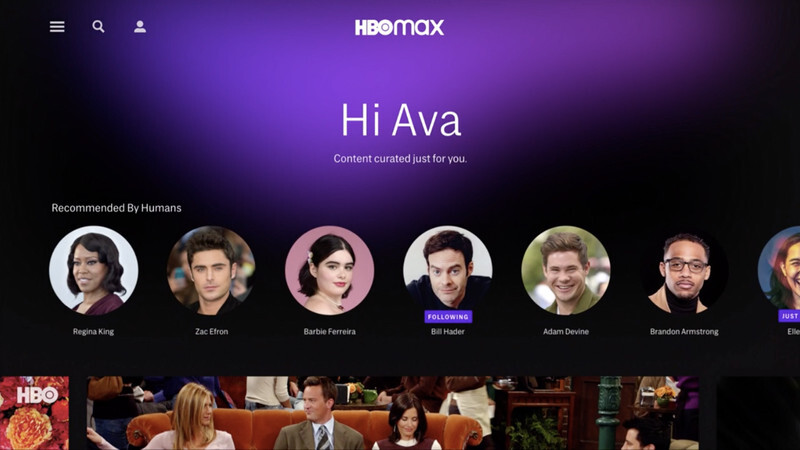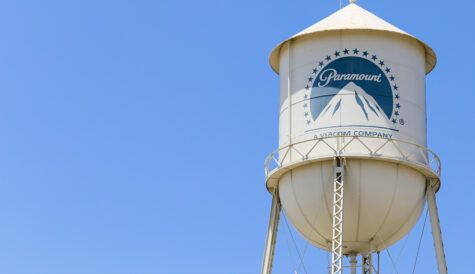
After more than 40 years of operation, DTVE is closing its doors and our website will no longer be updated daily. Thank you for all of your support.
HBO Max exempt from AT&T data caps, operator confirms
 AT&T has made its HBO Max SVOD exempt from its data caps while rival streaming services like Disney+ and Netflix are not, raising questions about net neutrality in the US.
AT&T has made its HBO Max SVOD exempt from its data caps while rival streaming services like Disney+ and Netflix are not, raising questions about net neutrality in the US.
In an interview with The Verge, Tony Goncalves – the CEO of Otter Media, the AT&T-owned company whose tech is what HBO Max is built on – said that the company had “had the conversation” on HBO Max’s data usage, before an AT&T executive later confirmed that the streamer will be exempt from any data caps.
The exec said that AT&T has a ‘sponsored data’ system which allows any company to excuse itself from data caps, something enabled by the dismantling of net neutrality under FCC chairman Ajit Pai.
The controversial repeal of net neutrality has been a point of conflict between network users and service providers since the 1990s and was eventually pushed through in 2017. Following the repeal, ISPs in the US are now able to treat discrete types of data differently, with critics arguing that this has created something of a ‘digital superhighway’ for the highest bidders.
Since HBO Max is an AT&T service, it is effectively shifting money from one pocket to another.
While allowed in today’s world, this practice would have been against the law less than five years ago and it has created a system in which competitors would have to pay out of pocket just to be presented to end-users in the same way.
HBO Max is one of four streaming services that come under AT&T’s sponsored data rule, with the others – DirecTV, U-verse, and Fullscreen – also being owned by the operator.
Justifying a move towards the practice, Goncalves said that “the opportunity is to redefine the bundle. Connectivity and content are coming together in the same way that it came together in the early days of the Triple and Quadruple Play.
“The network is the plumbing and the content is the water, and you’re seeing water and the plumbing kind of coming together.”
Elsewhere in the interview, the exec explained the streamer’s top-tier pricing by its bundling opportunities. He said that the service is already accessible to “30-plus million subs today, many of which can just download an app and log in with their provider credentials and don’t have to pay a penny more.”
He also highlighted the fact that “a lot of AT&T customers can get it for free” and that the streamer is bundled into their current services, giving end users “a lot of opportunities to get this product at a lot less, if not entirely less.”
Despite these positive words, industry reaction to HBO Max has been critical.
Analysts at US firm MoffettNathanson were particularly unimpressed describing the way the WarnerMedia streamer had been organised as “chaotic” with a “mess” of brands.
The analyst graded the streamer with a ‘C+’, highlighting differences in the way that it had failed to organise its brands compared with arch-rival Disney+. The latter, which allows users to access key brand portals such as Disney, Pixar and Marvel, was described as “clever.”
Similarly, Rahul Patel, an analyst at Ampere, said: “The branding is certainly less clear-cut than in the case of Disney, where its individual production assets have historically been more closely aligned to the studio in branding terms. “This manifests in two main ways – clarifying the breadth of content on the service, and clarifying the differentiation from historic VOD services run by Warner – and has resulted in Warner making recent efforts to clarify the distinction between HBO Go, HBO Now, and HBO Max.”


